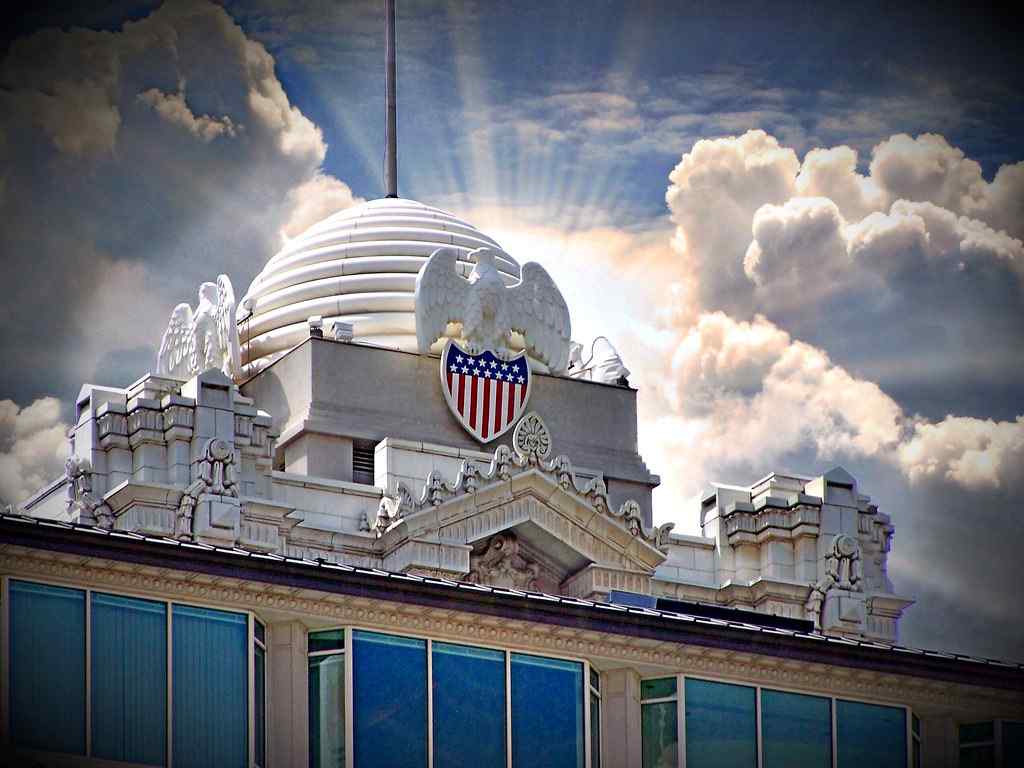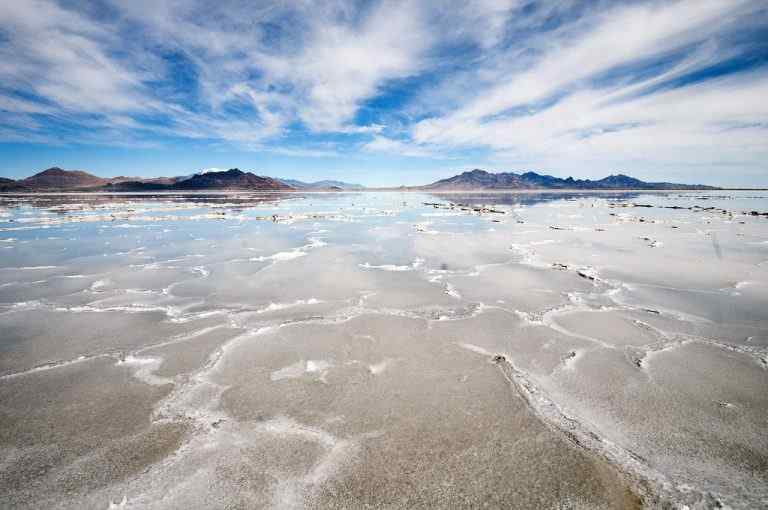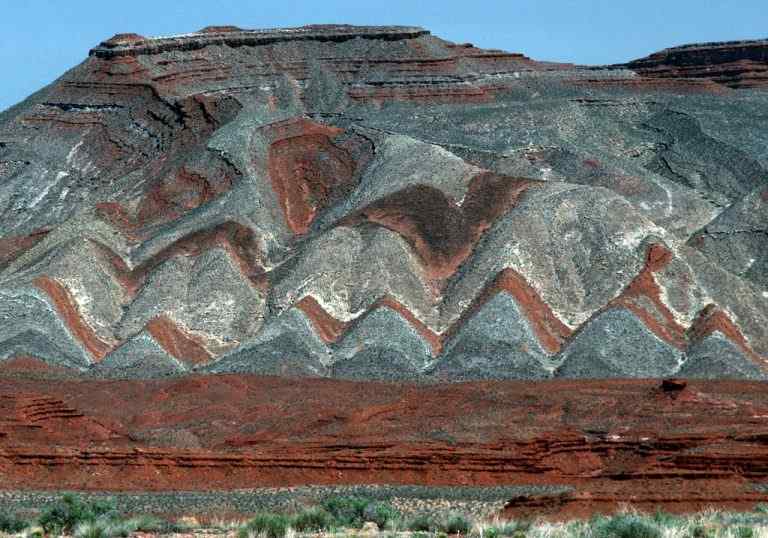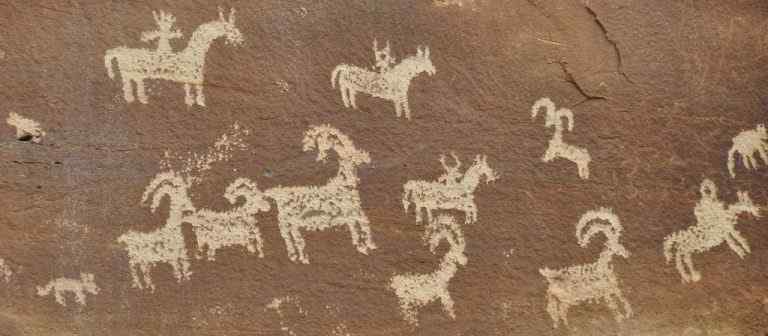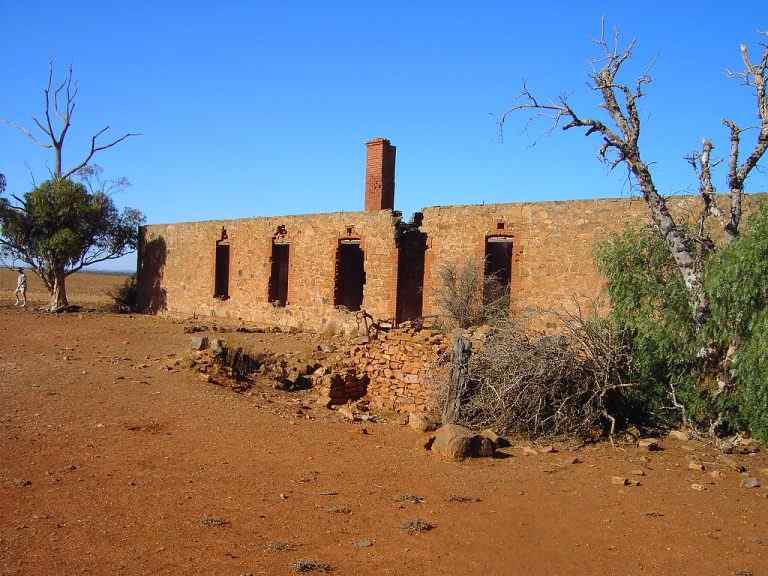Exploring The Fascinating History Of Utahs Mormon Pioneers
As a historian of the Mormon pioneers, it is my pleasure to provide you with an overview of their fascinating history.
The pioneers were known for their missionary work, which involved traveling long distances to spread the gospel and share their beliefs with others. Their travels brought them to Utah, where they established a new community that was unique in many ways.
Family dynamics played a significant role in the lives of these pioneers. They placed great importance on family values and worked hard to create strong family units. Utah culture reflected this emphasis on family, as well as their religious beliefs, and was shaped by the pioneer struggles they faced.
These struggles included harsh winters, limited resources, and conflicts with Native American tribes. Despite these challenges, the pioneers persevered and built a thriving community that continues to this day.
Their social movements also had a lasting impact on Utah and beyond, including efforts to promote women’s rights and civil rights for all people.
The history of the Mormon pioneers is one filled with adventure, perseverance, and faith in the face of adversity. Through their experiences, we can gain valuable insights into what it means to be truly free – not just from physical constraints but also from mental barriers that hold us back from achieving our full potential.
Join me as we delve deeper into this fascinating story!
Trail Of Tears
As the Mormon pioneers continued their journey westward, they faced many trekking hardships along the way.
The Trail of Tears was a particularly challenging portion of their journey, as they were forced to leave behind everything they had built and established in Missouri due to religious persecution and land disputes.
Despite these challenges, the pioneers remained steadfast in their beliefs and continued on towards their new settlement in Utah.
Along the way, they encountered various Indigenous tribes and had mixed relations with them.
While some tribes welcomed the pioneers and helped them along their journey, others were hostile towards them due to conflicts over land and resources.
The morality debates surrounding the treatment of Indigenous peoples during this time period are still ongoing today.
However, it cannot be denied that the Mormon pioneers endured immense hardships and obstacles during their journey westward.
Their perseverance serves as a testament to the human desire for freedom and the strength of faith in times of adversity.
The Great Basin
As the Mormon pioneers traversed the Trail of Tears, they encountered immense hardship and suffering. But despite these challenges, they found solace in their faith and continued to press forward towards their ultimate destination: the Great Basin.
Upon arriving in Utah, the pioneers were met with a vastly different landscape than what they had known before. The Great Basin presented its own set of challenges, including cultural exchange with the Native Americans who already inhabited the region, economic implications for establishing a new society, and religious differences among settlers. Despite these obstacles, the pioneers persevered and established a thriving community that would shape the history of Utah for generations to come.
However, this success came at a cost. Relations with Native Americans were often tense due to misunderstandings and differing beliefs about land ownership. Additionally, environmental effects such as water scarcity and overgrazing had long-lasting impacts on the region’s ecosystem.
Yet through it all, the Mormon pioneers remained resilient and adapted to their new surroundings in order to build a better future for themselves and their posterity.
As we look back on the history of Utah’s Mormon pioneers, we can see how their journey from the Trail of Tears to the Great Basin was marked by both triumphs and struggles. While there were certainly challenges along the way, these early settlers paved the way for a new era of growth and prosperity in this beautiful state that we call home today.
Early Settlements
Early Settlements:
As the Mormon pioneers began to establish their communities in Utah, they faced a multitude of challenges. Homesteading was not an easy task, as the arid climate and rugged terrain made farming and building difficult. Furthermore, the settlers also had to contend with religious persecution from those who did not understand or agree with their faith.
Relocation challenges were also prevalent, as many of the pioneers had to leave behind comfortable lives in other parts of the country to start anew in Utah. This often meant giving up relationships and connections with loved ones in order to pursue their beliefs and create a better future for themselves and their families.
Despite these struggles, the early settlements of Utah persevered through economic struggles and political divisions, forging a path towards religious freedom that would inspire generations to come.
The story of Utah’s early settlements is one of resilience, determination, and faith. Although the challenges faced by the Mormon pioneers were great, they refused to give up on their dreams of creating a community based on their beliefs. Through hard work and sacrifice, they were able to build thriving towns and cities that still exist today.
The legacy of these early settlers serves as a reminder that even in the face of adversity, it is possible to create something great.
Expansion Of Settlements
As the mormon pioneers continued their westward journey towards Utah, they encountered many challenges and obstacles that tested their religious beliefs and determination. However, despite these hardships, the pioneers were able to establish successful settlements throughout the region.
Migration patterns played a significant role in the expansion of settlements in Utah. The pioneers traveled in large groups, often led by prominent church leaders, who provided guidance and support along the way. These groups established communal living arrangements that fostered a sense of unity and cooperation among members.
As economic development grew, new settlers migrated to Utah seeking opportunities for employment and entrepreneurship.
The political landscape of Utah was also shaped by the mormon pioneers’ religious beliefs. In 1850, Congress passed the Compromise of 1850 which allowed for the admission of California as a free state and strengthened federal laws against slavery. This led to tensions between Mormons and non-Mormons in Utah, as many opposed Mormon practices such as polygamy. Eventually, this tension culminated in the Mormon War of 1857-1858.
Despite these challenges, the mormon pioneers continued to expand their settlements throughout Utah and beyond. Their legacy is still felt today through their contributions to education, industry, and culture. The story of these brave pioneers serves as an inspiration for all those who value freedom and perseverance.
Cultural Impact
As we delve deeper into the history of Utah’s Mormon pioneers, we cannot help but feel a sense of awe at the cultural impact they left behind. Their religious beliefs were not just a personal matter, but a way of life that permeated every aspect of their existence.
The economic challenges they faced did not deter them from their spiritual practices and dedication to building a community centered around their faith. Despite often being portrayed as homogenous, the Mormon pioneers actually brought with them a rich cultural diversity. From different regions of the United States and even other countries, they brought customs and traditions that blended together to form a unique identity.
Social customs were also heavily influenced by their religious beliefs, with emphasis on family values, community service, and charity towards others. The legacy of Utah’s Mormon pioneers is one that continues to shape our society today.
Their impact can be seen in everything from architecture to politics to the strong sense of community still present in many areas. As we reflect on their journey, let us remember the sacrifices they made and the enduring lessons they left behind.
Legacy Of The Pioneers
As we continue to delve into the history of Utah’s Mormon pioneers, it is impossible to ignore the legacy they left behind. Despite facing numerous hardships and challenges, these brave men and women were able to forge a path forward and create a lasting impact that can still be felt today.
One aspect of pioneer life that often draws controversy is their polygamy practices. While this may seem like a taboo topic for some, it is important to understand that this was a deeply ingrained part of their religion and way of life. Although polygamy has since been abandoned by the mainstream LDS church, it remains an important part of pioneer history and culture. Despite the challenges posed by government persecution and societal rejection, pioneers held fast to their beliefs and remained united in the face of adversity.
It is impossible to discuss the legacy of Utah’s Mormon pioneers without acknowledging their remarkable resilience in the face of extreme hardship. From traversing treacherous terrain to battling harsh weather conditions, pioneers faced countless obstacles on their journey westward. Yet despite these challenges, they persevered with an unwavering determination that serves as a testament to their strength and courage.
Today, we can look back on their experiences with admiration and awe – inspired by their bravery in the face of adversity. In examining the legacy left by Utah’s Mormon pioneers, one cannot help but be struck by their deep faith and sense of community. As they settled in new territories and established new communities, pioneers relied on one another for support and guidance – forming tight-knit bonds that would last for generations.
Their commitment to each other was born out of shared values rooted in religion and hard work – values that continue to shape our understanding of what it means to be a pioneer today. In short, the legacy left by Utah’s Mormon pioneers is one marked by resilience, unity, religion, hardship, and ultimately – an unshakeable commitment to freedom.
Conclusion
As a historian of the Mormon pioneers, I am constantly in awe of the incredible journey and impact that these brave individuals had on Utah and the surrounding areas.
The Trail of Tears was a grueling trek that tested their faith and endurance, but it was just the beginning of their journey.
Once they arrived in the Great Basin, the pioneers faced new challenges as they worked to establish settlements and build communities in a harsh desert environment.
Despite these obstacles, they persevered and their efforts led to the expansion of settlements throughout Utah and beyond.
The cultural impact of the Mormon pioneers cannot be overstated.
Their values and beliefs continue to influence Utah’s culture today, from its emphasis on family and community to its strong work ethic.
The legacy of these pioneers lives on through their descendants and the many monuments and historical sites dedicated to preserving their history.
In conclusion, the story of Utah’s Mormon pioneers is one of sacrifice, determination, and resilience.
As a historian, I am honored to continue sharing their story with future generations so that we may never forget their incredible contributions to our state’s history.

